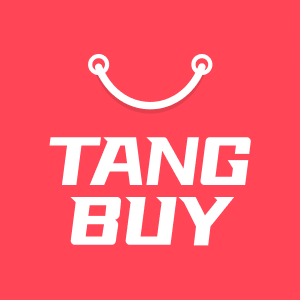The 5 Most Dangerous Dropshipping Scams and Proven Ways to Protect Your Business

Dropshipping scams have become a real headache for many online business owners. You might spot fake suppliers with flashy sites and low prices, but they often deliver nothing or send poor-quality goods. Some ask for upfront fees or hide extra charges as shipping costs. Others lure you in with exclusive deals and then vanish. If you don’t check reviews, speak to real company contacts, or look for clear return policies, you could fall into their trap. Stay sharp—protecting your business starts with being alert and thorough.
Key Takeaways
Fake suppliers can seem real but are risky. Always check their address, contact details, and reviews before you trust them. Non-delivery happens when suppliers do not send orders. Pick reliable suppliers, ask for tracking, and tell customers what is happening. Counterfeit goods hurt your reputation and break the law. Order samples and check product quality very well. Hidden fees and overcharging lower your profits. Read contracts carefully and ask suppliers to explain all costs. Chargeback fraud can lose you money and trust. Use safe payment methods, keep good records, and reply fast to complaints. Use trusted supplier directories and tools to find fake products and suppliers before you buy. Keep your platform updated and use fraud tools to stop hackers and scammers. Build customer trust by being open about shipping and returns. Reply quickly to problems to keep customers happy.
Common Dropshipping Scams

Fake Suppliers
Warning Signs
You may think a supplier is good, but many are fake in dropshipping scams. They often look like real businesses and say they have the best deals. Watch for these signs:
They want you to pay monthly fees for no clear reason.
You cannot find a real address or contact details.
No one answers when you call them.
There are many bad reviews about them online.
They only take risky payments like bank wires or money transfers.
Look for these other signs too:
They promise things that sound impossible, like very low prices or sure profits.
They do not answer your questions or talk poorly.
There is no real address or good contact information.
They use payment methods that are not safe or checked.
You cannot find any customer reviews or references.
Their branding and packaging do not match each other.
Shipping times are so fast they seem fake.
Product details are missing or not clear.
Tip: Real suppliers have clear contact details and do not make their websites all about dropshipping. If you cannot check where they are or talk to a real person, do not use them.
Prevention
You can keep away from fake suppliers by doing a few easy things:
Always look for a real address and call to check if they exist.
Search for reviews and feedback from other people who use dropshipping.
Stay away from suppliers who want risky payments.
Do not trust deals that sound too good.
Use trusted supplier lists and platforms that protect buyers.
If you watch for these signs, you can avoid one of the most common dropshipping scams.
Non-Delivery
Red Flags
Non-delivery is a big problem in dropshipping scams. Sometimes you order something, but it never comes. Here are some signs:

Shipping takes a long time, especially from other countries.
You do not get tracking numbers or updates after paying.
The supplier stops talking to you.
Customers say their orders are missing or late.
The supplier always blames shipping companies.
You might also see:
Delays because items ship from far away.
Products go out of stock without warning, causing cancelled orders.
Bad communication with the supplier, making problems hard to fix.
Protection Steps
You can lower the risk of non-delivery by:
Picking suppliers with good reviews and a strong history.
Asking for tracking numbers for every order.
Telling your customers clearly about delivery times.
Using platforms that protect buyers and help with disputes.
Keeping in touch with your supplier and checking orders often.
If you see any of these signs, act fast to protect your business and your customers.
Counterfeit Goods
Identification
Counterfeit goods are a big danger in dropshipping scams. Fake products can hurt your business and get you in trouble with the law. Here is how to spot them:
The product feels cheap or looks badly made.
Branding and packaging do not match the real brand.
Prices are much lower than normal.
Product descriptions are not clear or copied from other sites.
Product photos have strange or different details.
Counterfeit goods are common in dropshipping, so you must be careful. Many people have had trouble with fake products, which can hurt your business and cause legal problems.

Avoidance
You can stay away from counterfeit goods by:
Checking every supplier before working with them.
Ordering samples to see if the product is real and good quality.
Using safe payment methods that protect buyers.
Learning about new scams and fake product tricks.
Not using suppliers who will not prove their products are real.
Warning: Selling counterfeit goods is against the law. You could get fined, sued, or lose your business. Big sites like Amazon and eBay will ban you if you sell fakes. Always check your suppliers and products well.
Overcharging & Hidden Fees
Common Tactics
You might think a supplier has a good deal. But hidden fees can quickly take away your profits. Some suppliers use tricks to make you pay more. They show low prices at first, but add extra costs later. These fees are hard to see if you do not read everything.
Here is a table with ways suppliers overcharge or hide fees:
Tactic Type | Description |
|---|---|
Inventory Reservation Charges | Fees for holding stock, often hidden in the contract. |
Early Termination Penalties | Charges if you end the agreement before a set time. |
Inflated Shipping Costs | Shipping fees much higher than what is reasonable or expected. |
Unexpected Maintenance Fees | Extra charges labelled as maintenance, not explained clearly at the start. |
You might notice these tricks too: Suppliers add surprise shipping costs after you order. They bring in membership fees or surcharges without telling you. Hidden fees can lower your profit and make your business hard to run.
Tip: Always ask for a full list of all costs before you work with a supplier. If something is not clear, keep asking until you know every fee.
Prevention
You can protect yourself from overcharging and hidden fees by being careful. Here are some steps you can take:
Read every contract closely. Look for extra charges or penalties.
Ask the supplier to explain all fees, like shipping, membership, and maintenance.
Compare shipping costs with other suppliers to spot high prices.
Stay away from suppliers who will not give you a clear price list.
Use trusted directories or platforms that show supplier fees upfront.
If you know the pricing before you agree, you will not get nasty surprises. This is one of the best ways to keep your dropshipping business safe from hidden costs.
Chargeback Fraud
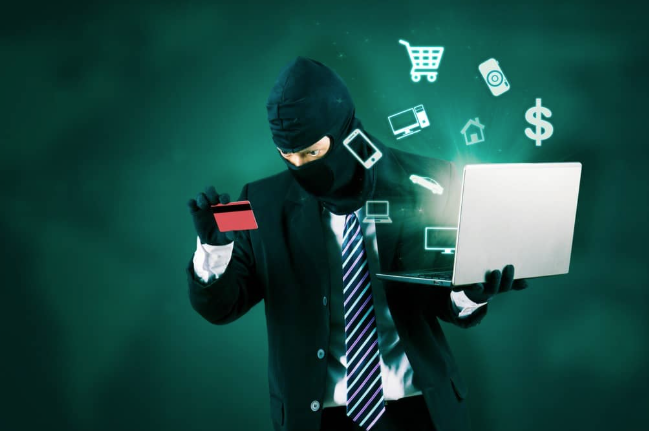
Causes
Chargeback fraud is a growing problem for dropshipping businesses. It happens when a customer asks their bank to take back a payment. Sometimes this is because of a real problem, like a product not arriving or being different from what was promised. Other times, it is fraud—someone uses a stolen card, or a customer lies to get their money back.
You face more risk with chargebacks in dropshipping because you do not control shipping or product quality. If your supplier ships late, sends the wrong item, or delivers poor quality, your customer may file a dispute. Some people even cheat the system by saying they never got the product, even when they did. This is called "friendly fraud".
Here are some common reasons for chargebacks in dropshipping: The product never arrives. The product is not what the customer wanted. The cardholder did not allow the transaction. Shipping takes too long, especially from other countries. The customer does not know the charge on their statement.
When a chargeback happens, you lose the sale money, pay extra fees, and may lose the product. Too many chargebacks can hurt your reputation and make it hard to keep your payment accounts open.
Mitigation
You can lower your risk of chargeback fraud by taking smart steps:
Use payment gateways with strong fraud checks.
Always give tracking numbers and proof of delivery.
Tell your customers about shipping times and product details.
Reply quickly to complaints and try to fix problems before they become disputes.
Keep good records of every order, like messages, receipts, and shipping info.
Work only with suppliers who deliver on time and give quality products.
Note: If you get a chargeback, collect all your proof—like order details, tracking info, and customer messages—so you can fight unfair claims. The more proof you have, the better your chance to win the dispute.
By staying alert and keeping good records, you can protect your business from the harm caused by chargeback fraud. Dropshipping scams often target people who do not watch these details, so always stay ahead.
Dropshipping Scams: Warning Signs
Supplier Red Flags
You want to spot a bad supplier before you get caught in a trap. Many warning signs can help you avoid trouble. Start by checking the supplier’s ratings on trusted platforms like AliExpress or review forums. If you see lots of negative feedback or low scores, that’s a big red flag. Look at their website and social media. A real supplier keeps these up to date and answers questions. If you can’t find any online presence or the site looks unprofessional, be careful.
Here’s a quick checklist to help you:
Check supplier ratings and reviews on third-party sites.
Look for an active website and social media accounts.
Ask for product samples before you commit.
Make sure they provide tracking numbers for orders.
Confirm they have enough stock and clear order limits.
Review their history of sales and customer service.
Tip: If a supplier avoids your questions or gives vague answers, walk away. Good suppliers are open and easy to reach.
Product Quality Issues
You never want your customers to get poor-quality products. In dropshipping, you don’t see the items before they ship, so you must trust your supplier. Sometimes, suppliers care more about sales than quality. They might send the wrong item or something that breaks easily. This leads to unhappy customers, bad reviews, and refund requests. If too many people complain, payment platforms or banks might freeze your account.
Common product quality issues include:
Receiving damaged or low-quality goods.
Getting the wrong product or size.
High return rates (over 5%) from unhappy customers.
Delays because the supplier runs out of stock.
You carry the risk if things go wrong, even if you never touch the product. Always vet your suppliers and order samples to check quality. Tools like SuperDS can help you find top-rated suppliers who meet high standards.
Payment and Fee Alerts
Watch out for payment and fee tricks. Some suppliers hide extra costs or demand full payment upfront. If you see unclear payment terms or surprise fees, that’s a warning sign. Scammers often add processing fees, high shipping charges, or handling costs that eat into your profits.
Here’s a table of common payment and fee scams:
Scam Type | What to Watch For |
|---|---|
Hidden processing fees | Extra charges not listed upfront |
Inflated shipping costs | Shipping much higher than normal |
Upfront full payment | No refund or exchange options |
Unclear payment terms | Vague or changing payment rules |
Note: Always read payment terms carefully. Work with suppliers who show all costs clearly and offer fair payment options. Tools like Flxpoint can help you manage payment terms and connect with trusted suppliers.
Dropshipping scams often start with these warning signs. Stay alert and check every detail before you trust a new supplier.
Customer Complaints
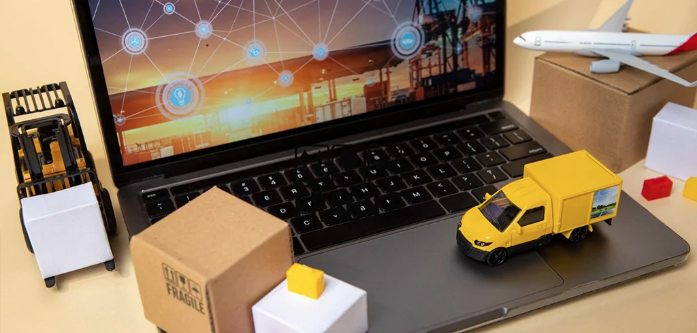
You might think you can spot a scam before it hits your business, but your customers often see the warning signs first. Their complaints can tell you a lot about what’s going wrong behind the scenes. If you pay attention to what your customers say, you can catch problems early and protect your shop’s reputation.
Let’s look at the most common complaints you’ll hear from customers when something isn’t right with your supplier:
Customers often receive products that feel cheap or look nothing like the photos. Sometimes, suppliers send you a good sample, but later orders turn out poor.
Stockouts are a big headache. Your customer places an order, but the item is out of stock. The supplier doesn’t tell you, so you have to break the bad news to your customer.
Shipping problems pop up all the time. Orders arrive late, or there’s no tracking information. Sometimes, shipping costs more than you expected, and your customer feels tricked.
Many customers get frustrated when they can’t return a faulty product or get a refund. If your supplier doesn’t offer a clear return policy, you’re left to deal with angry messages and refund requests.
Some customers never get their order at all. The supplier might disappear with the money or just stop replying. This leaves you with lost cash and a bad review.
Tip: Always listen to your customers. Their complaints are like warning lights on your dashboard. If you see the same problem more than once, it’s time to check your supplier and fix the issue fast.
You can spot a pattern if you keep track of complaints. Maybe you notice lots of people say their orders are late, or they keep getting the wrong item. This tells you something is wrong with your supplier or your process. Don’t ignore these signs. If you act quickly, you can stop small problems from turning into big disasters.
Here’s a simple way to handle complaints:
Respond quickly and politely to every message.
Keep a record of all complaints and look for trends.
Contact your supplier as soon as you spot a problem.
Offer refunds or replacements when needed to keep trust.
Update your website with clear shipping and return policies.
If you treat your customers well and fix problems fast, you’ll build a loyal following. You’ll also spot dodgy suppliers before they do real damage. Remember, your customers are your best early warning system.
Protecting Your Business

Supplier Vetting
Verification Steps
You need to trust your suppliers. First, decide what is important for your business. Think about safety, quality, and good communication. Make a list of what you want, like fast shipping or strong products. Search for suppliers who meet your needs. Ask them for documents, such as safety certificates or insurance. Check if they follow health and safety rules. Look at how well they have done in the past. Do they deliver on time and keep their promises? Compare their prices, but do not just pick the cheapest. Think about value and what you get for your money. Make sure their company values are like yours. This includes how they treat workers and the environment. See how they fix problems and talk during tough times. Always read reviews and ask other customers about them. If you can, visit their site or ask for a video tour.
Tip: Keep checking your suppliers often. Good suppliers stay reliable, not just at the start.
Trusted Directories
Finding suppliers by yourself can be risky. Trusted online directories help you avoid scams. Here is a table with some of the best directories for dropshipping:
Supplier Name | Pricing Model | Why Trust Them? |
|---|---|---|
Alibaba | Free | Huge range, but always check reviews and samples. |
SaleHoo | Paid (year/lifetime) | Vetted suppliers, strong customer service. |
Paid (monthly) | Focus on reliable shipping and supplier checks. | |
Syncee | Free/Paid | Good for automation and supplier vetting. |
Spocket | Paid (monthly) | Fast shipping, integrates with many platforms. |
Worldwide Brands | Paid (lifetime) | Large, vetted supplier list, known for reliability. |
ESources (UK) | Paid (monthly/year) | UK-based, strong on supplier vetting. |
Pick a directory that matches your business and products. Always test suppliers with small orders first.
Review & Image Checks

Tools & Extensions
You can find fake suppliers and bad products with the right tools. Here are some helpful browser extensions and apps:
Tool Name | What It Does | Benefit |
|---|---|---|
Thieve | Trust scores, image search, trending products | Quick supplier and product checks |
Search AliExpress By Image | Finds similar products and sellers by image | Verifies if images are real or copied |
Up Assistant | Shows seller ratings, price trends, review summaries | Helps you spot trustworthy sellers fast |
Alitools Shopping Assistant | Price history, seller ratings, image search | Checks for price changes and fake images |
AliExpress Assistant | Compares prices, image search, cashback | Finds best deals and checks authenticity |
Spotting Fakes
Fake reviews and images can trick you. Look for reviews with lots of details, not just “Great product!” or “Fast shipping!”. Check if the reviewer has a normal username and a history. Be careful if there are many reviews in a short time. Check reviews on other sites like Trustpilot or Reddit. Watch out for photos that look too perfect or edited. Order a sample to see the real product before you sell it. Use suppliers from trusted platforms like Spocket or Doba.
Note: If something feels strange, trust your gut. It is better to check again than to upset your customers later.
Secure Payments
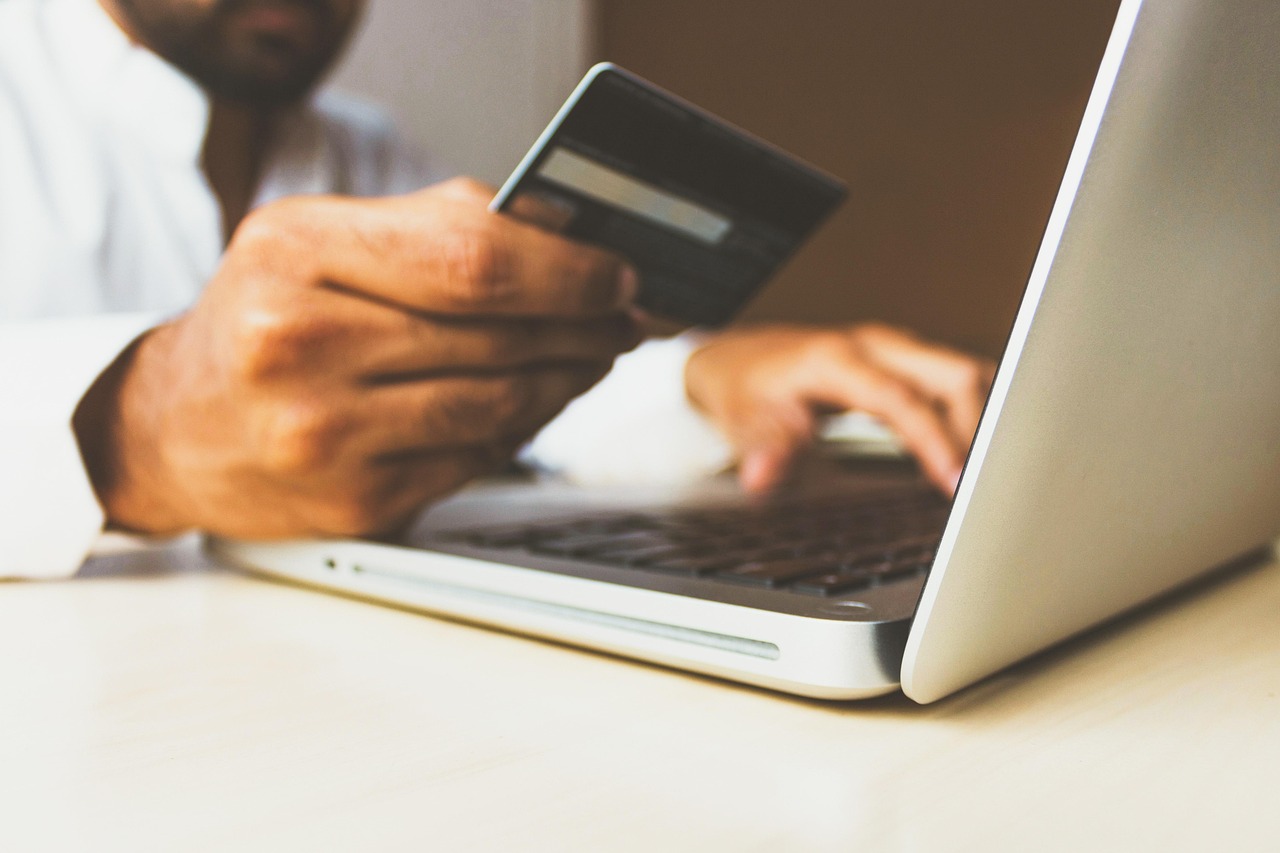
Safe Methods
When you pay suppliers, use safe payment gateways. Here are some of the safest options:
Payment Gateway | Why Use It? |
|---|---|
PayPal | Trusted, easy refunds, strong buyer protection |
Stripe | Advanced fraud checks, supports many cards |
Braintree | Secure data, global reach |
Authorize.net | Great fraud protection, reliable support |
WePay | Full payment risk coverage |
Adyen | Strong risk management, used by big brands |
Never send money by bank transfer to people you do not know.
Escrow Use
Escrow services make payments safer. They hold your money until you get your goods. This stops scammers from taking your money and running away. Many dropshipping platforms have escrow built in. Only pay through official company accounts and ask for real invoices.
Tip: Escrow helps you feel safe. If the supplier does not deliver, you can get your money back.
Platform Security

Software Updates
You might think your dropshipping platform is safe as soon as you set it up, but threats change all the time. Hackers look for old software and weak spots. If you skip updates, you leave your business open to attacks. Always keep your e-commerce platform, plugins, and apps up to date. Most updates fix security holes and add new features. Set reminders or turn on automatic updates if you can.
You should also check that your platform follows data protection rules like GDPR. This is not just about ticking a box. When your platform protects customer data, you avoid legal trouble and show customers you care about their privacy. People trust shops that keep their information safe.
Tip: Use strong passwords and change them often. Turn on two-factor authentication for extra safety.
Fraud Detection
Scammers get smarter every day, but you can stay ahead with the right tools. Modern fraud detection systems use AI to spot dodgy orders before they cause trouble. These tools look at things like how fast someone places orders, where they order from, and if the details match up. They can flag risky orders in seconds, so you do not have to check everything by hand.
Here’s what good fraud detection tools can do for you:
Analyse lots of data to spot sneaky fraud patterns.
Adapt quickly to new scam tricks.
Check things like device type, location, and order speed.
Score each order for risk and flag the suspicious ones.
Help you stop credit card fraud, fake accounts, and dodgy shipping addresses.
You can connect these tools to most big e-commerce platforms. They work in the background and help you catch scams before they hurt your business.
Legal & Compliance
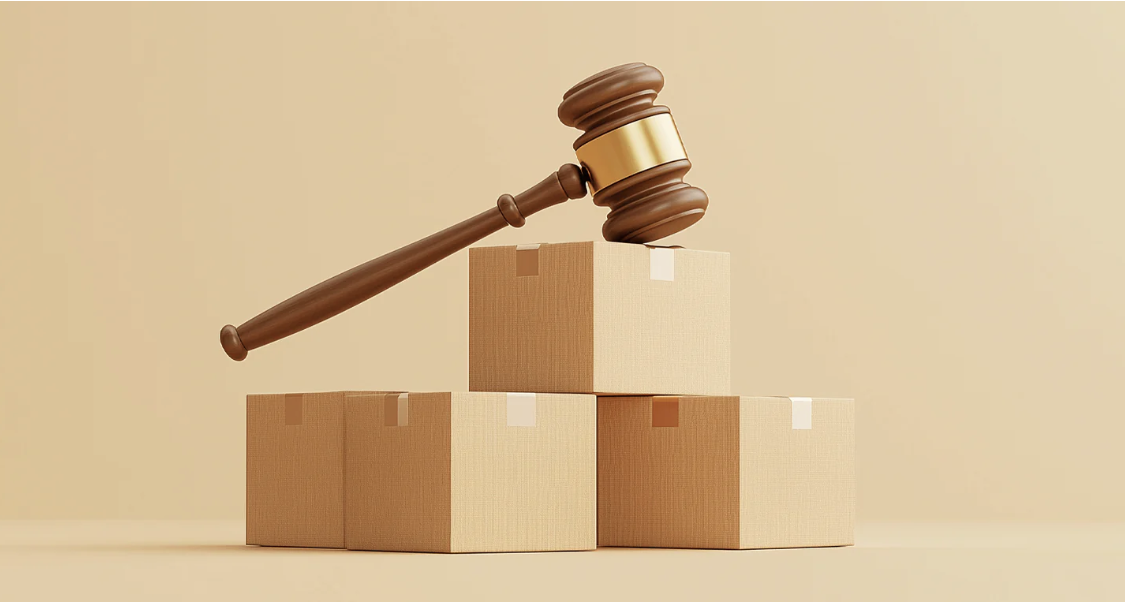
Licensing
Running a dropshipping business means following the law. You need to register your business name and get the right licences or permits. If you sell in different countries, check their rules too. Some products, like supplements or electronics, need special permits. You must also collect and pay sales tax where required.
You should be at least 18 years old to run a business. If you are younger, you need a parent or guardian to help with contracts. Keep records of all your sales, agreements, and supplier details. This helps if you ever face an audit or dispute.
Insurance
Insurance is your safety net. Things can go wrong, even if you do everything right. Product liability insurance protects you if a product hurts someone or does not work as promised. Cyber insurance covers you if hackers steal data or money. Crime insurance helps if you lose money to theft or scams.
Many dropshippers also get business interruption insurance. This pays out if you cannot trade because of a scam or cyberattack. A Business Owners Policy (BOP) bundles these coverages, making it easier to manage.
Note: Insurance, regular audits, and fraud detection tools work best together. They help you spot problems early and recover faster if something goes wrong.
Customer Trust
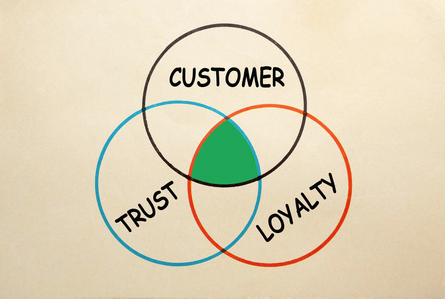
Transparency
If you want customers to trust you, be open about how your shop works. Show your shipping, return, and refund policies clearly on your website. Let people know how long delivery takes and what to do if something goes wrong. Use email, live chat, or social media so customers can reach you easily.
When you answer questions quickly and honestly, people feel safe buying from you.
Service Reliability
Customers remember how you treat them. Use order tracking and send updates so they know where their package is. Fix problems fast—offer refunds or replacements if needed. Personalise your messages by using their name or order details.
You can also use customer support tools like chatbots or ticket systems to help more people at once. Train your team to listen, solve problems, and make decisions. When you keep your promises, customers come back and tell others about your shop.
Tip: Build a community around your brand. Share helpful tips, answer questions, and reward loyal customers. This turns buyers into fans and helps your business grow.
Ongoing Vigilance
Monitoring Mentions
You must watch what people say about your dropshipping business online. This helps you find problems before they get worse. Set up alerts for your brand and supplier names. Tools like Google Alerts or Mention help you track reviews and posts. If you notice lots of bad comments, act fast.
Here are some good ways to keep checking:
Use fraud tools that spot strange orders.
Always ask for CVV and AVS checks on payments.
Check risky orders yourself to catch scams.
Write a simple fraud policy for your team.
Learn about new scam tricks often.
Build trust with safe websites and clear rules.
Try smart tech like machine learning to find fraud.
Use two-step login for more safety.
Think about using blockchain to track payments.
A dropshipping shop once got many fake orders and chargebacks. They used these steps and saw fraud drop by 70% in six months. Their customers felt safer, and sales grew.
You should also read supplier reviews on websites and Google. Order samples often and use different addresses to check quality. If you see fake reviews or prices that are too low, find another supplier. Always keep your standards high.
Staff Training

Your team is the first defence against scams. Make sure everyone knows how to spot fraud and keep data safe. Hold training sessions every month or every few months. Keep lessons short and easy to follow. You can give rewards to staff who report something odd.
Here’s what to teach in your training:
How to keep company data safe.
Common scams in dropshipping.
Tools and ways to spot fraud.
How to report anything strange.
Teach your team to use strong passwords and two-step login. Remind them to update devices and use antivirus software. When your staff know what to do, your business is safer.
Community Resources
You do not have to fight dropshipping scams alone. Many online groups and forums share tips and scam warnings. Join groups on Reddit, Facebook, or industry forums. Ask questions and share your own stories. You will learn from others and spot new scams early.
Look for trusted places like:
Resource Type | Example Platforms |
|---|---|
Forums | Reddit (r/dropship), eCommerceFuel |
Facebook Groups | Dropshipping Titans, Shopify groups |
Review Sites | Trustpilot, Sitejabber |
Industry News | Practical Ecommerce, Oberlo Blog |
Stay active in these groups. If you hear about a new scam, check if your suppliers or customers are affected. Share what you learn with your team. This keeps your business ahead of scammers.
Tip: Having a network of other dropshippers helps you stay smart and safe. You will spot problems sooner and protect your shop from scams.
You now know the five most dangerous dropshipping scams and how to spot them. Stay sharp by checking your suppliers, using safe payment methods, and keeping an eye on customer feedback. Review your suppliers often and keep learning about new scam tricks. Take action today to protect your shop. Build trust with your customers and create a dropshipping business that stands out for all the right reasons.
FAQ
What is the biggest dropshipping scam I should watch out for?
Fake suppliers cause the most trouble. They take your money and never send products. Always check reviews and ask for proof before you trust anyone.
How can I check if a supplier is real?
You can look for a real address, call their phone number, and read reviews from other shop owners. Order a sample first. If something feels off, walk away.
What should I do if a customer claims they never got their order?
Stay calm. Check the tracking number and talk to your supplier. If the order is lost, offer a refund or send a replacement. Good service keeps customers happy.
Are all cheap products risky?
Not always, but very low prices can mean poor quality or fakes. Compare prices with other shops. If a deal looks too good, it probably is.
How do I protect my business from chargeback fraud?
Use payment gateways with fraud checks. Always give tracking numbers and keep records of every order. Respond quickly to customer questions to avoid disputes.
Can I get in trouble for selling counterfeit goods?
Yes, you can. Selling fakes can lead to fines, bans, or even legal action. Always check your suppliers and order samples to make sure products are real.
What is the safest way to pay a new supplier?
Use PayPal or another trusted payment gateway. These services offer buyer protection. Never send money by bank transfer to someone you do not know.

TangBuy: A Smarter Way to Dropship in 2025
If you're looking to stay competitive with dropshipping in 2025, speed and trend-awareness are key. TangBuy helps you stay ahead with real-time product trends, fast fulfilment, and factory-direct sourcing. With over 1 million ready-to-ship items, 24-hour order processing, and seamless Shopify integration, TangBuy makes it easier to test, scale, and succeed in today's fast-moving eCommerce landscape.
See Also
Essential Strategies For Successful eBay Dropshipping In 2025
Most Lucrative Dropshipping Markets To Explore In 2025
Complete Walkthrough To Starting Your Dropshipping Venture 2025
